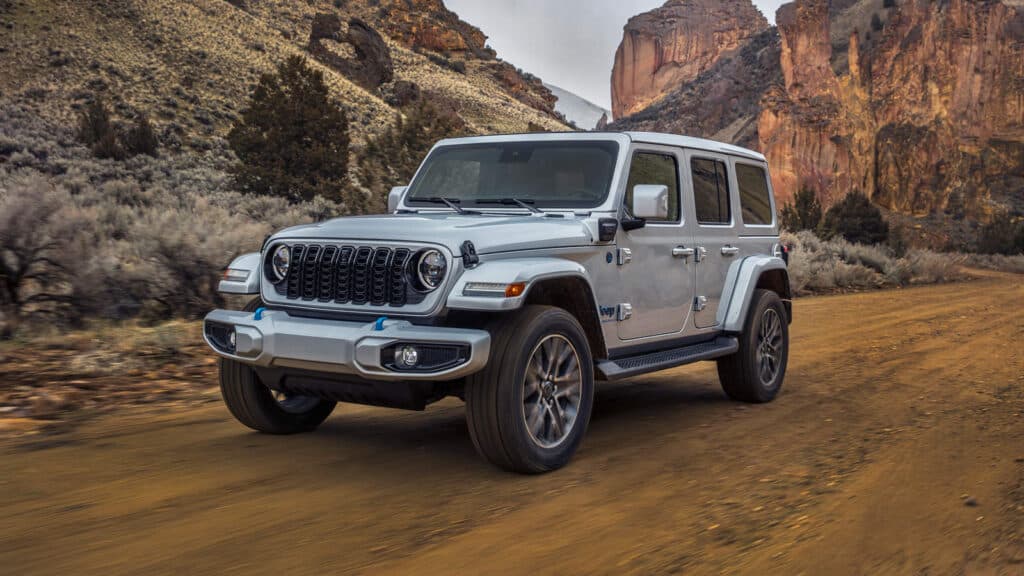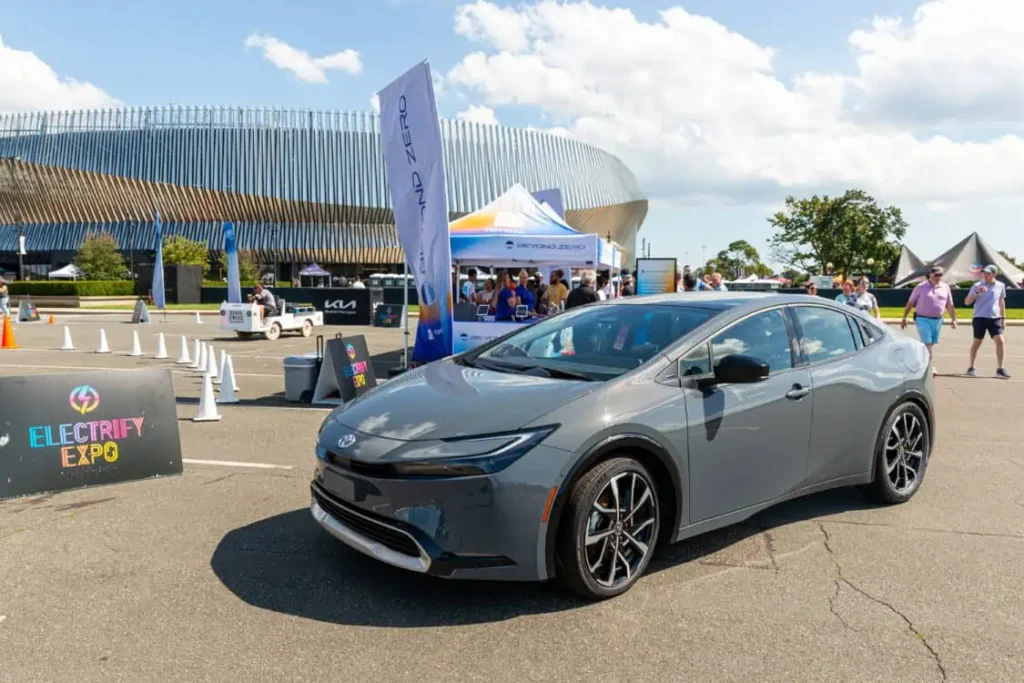U.S. Plug-In Hybrid and BEV Sales Exploded in February 2024
According to Argonne National Laboratory, U.S. sales of hybrid electric vehicles (HEV), plug-in hybrid electric vehicles (PHEV), and battery electric vehicles (BEV) went through the roof in February 2024.
Plug-In Hybrid Sales Up Dramatically, Especially PHEVs
Just over 110,200 plug-in electric cars (81,946 BEVs and 28,259 PHEVs in total) were sold in February 2024 in the United States. This figure shows a substantial increase, up 11.4% from February 2023. BEVs and PHEVs captured 8.83% of total light-duty vehicle sales.
Altogether, about 4.9 million plug-in electric vehicles have been sold in the United States so far as of the end of February 2024. Plug-in hybrid SUV models were especially popular.
Battery electric vehicles are the preferred type of vehicle, as no gas is used so that drivers can travel emission-free. These are preferable to hybrid electric vehicles because of their lower costs to recharge with electricity, as opposed to a high cost of refueling an internal combustion engine (ICE) vehicle with gasoline, even when gas prices are at their lowest levels.

Additionally, BEVs contain far fewer moving parts and require much less maintenance than a HEV, PHEV, or ICE car, as the gas engine in those vehicles is complex and expensive to maintain. BEVs are the most economical to drive and own, as well as the most eco-friendly option.
However, many parts of the country do not offer public EV charging, making BEV ownership difficult for a substantial number of drivers. If a driver cannot charge at home, and public charging is unavailable, PHEVs can solve this problem.

Plug-in hybrid cars have enjoyed a tremendous surge in sales recently, and for good reason. Plug-in hybrids offer fully electric driving over short distances and recharge the electric battery through a plug. This is much less expensive than refueling an ICE vehicle, even at the lowest gasoline prices. When gas prices inevitably rise, PHEVs become even more economical.
Many PHEV owners report going up to a year with electric-only driving, keeping the gas tank full for emergencies when they are unable to charge.
Hydrogen Fuel Cell Electric Vehicle Sales Are Low
Cumulatively, 135 hydrogen fuel cell electric vehicles (FCEVs) have been sold in the U.S. in 2024. Since 2014, 18,102 FCEVs have been sold — 57 Toyota Mirais and 11 Hyundai Nexos, two FCEV models, sold in the United States in February 2024.
Hydrogen fuel cell electric vehicle sales continue to struggle in the light-duty market. Few hydrogen providers exist in the U.S., and hydrogen fuel prices have risen dramatically.

Hybrid Electric Vehicle Sales Up 59% From February 2023
In February 2024, 105,803 HEVs (22,282 cars and 83,521 light trucks) were sold in the U.S., up 59.5% from the sales reported in February 2023. Toyota enjoyed a whopping 52.1% share of total HEV sales.
Hybrid electric vehicles are not as recommended from an ecological standpoint, since battery electric vehicles are the most eco-friendly type of vehicle. BEVs have zero emissions and will do much more than any hybrid to fight climate change by reducing greenhouse gases that cause global warming.
HEVs are enjoying a resurgence in popularity. However, there’s not much of a good reason to buy them in 2024. Sure, HEVs recharge using the gas engine and regenerative braking. However, they can’t be recharged with an EV charger as they don’t offer a plug.
PHEVs Are the Best Eco-Friendly and Economic Choice
HEVs are basically ICE vehicles with an electric battery added as a range extender. If you are looking at buying or leasing a hybrid, you’ll be doing the environment a favor by choosing a PHEV instead. Your pocketbook will thank you as well, as PHEVs are the most cost-effective type of hybrid due to the lower price of electricity compared to gasoline.

In many cases, EV drivers are not able to charge at home, which is the most convenient and cost-effective option. Nearly one-third of Americans are multifamily dwellers, and only a small fraction of those multifamily units offer EV charging. Some rural areas of the U.S. report no public charging available for a radius of up to 800 miles. In these cases, a PHEV makes better sense than a BEV. A plug-in hybrid offers a bridge to all-electric driving.
Shopping For Plug-in Hybrids
What’s the best plug-in hybrid and best plug-in hybrid SUV available in 2024? In March 2024, Consumer Reports included three PHEVs on their annual list of top ten cars. To arrive at a good comparison among different powertrains, Consumer Reports anonymously bought 13 plug-in hybrid vehicles to test and compile its results. The Toyota Prius Prime, Toyota RAV4 Prime, and BMW X5 PHEV all made the list, giving consumers a clearer picture of what dependable and eco-friendly options are out there.

Electric Vehicle Marketing Consultant, Writer and Editor. Publisher EVinfo.net.
Portfolio: BillPierce.net
